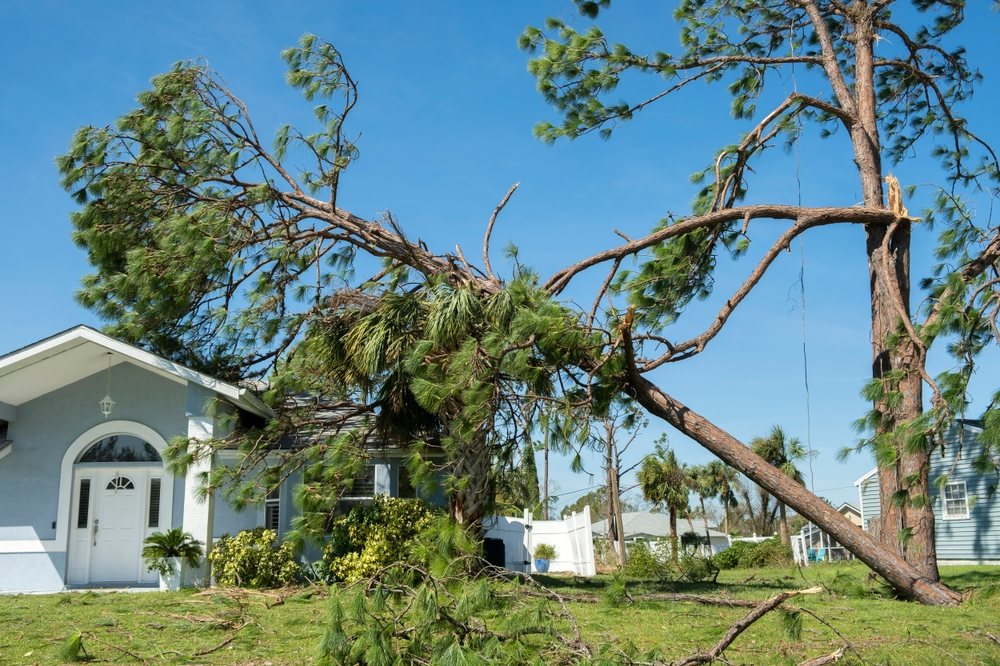Strong winds can leave even the healthiest trees battered and broken. Branches snap, roots loosen, and cleanup can feel overwhelming. That’s when reaching out to a trusted tree service Rochester, MN residents rely on can make recovery easier.
Assessing The Damage
Once the storm passes, take a slow, careful look at your trees. Watch for broken limbs, leaning trunks, and torn bark. Keep your distance from any trees that look unstable; falling branches can still pose danger.
Next, decide whether the tree can be saved. A few damaged branches aren’t usually a problem, but if the canopy is mostly gone or the trunk is split, removal might be the safest call.
Look for cracks that run deep into the trunk or down large limbs. These often lead to decay or pest problems later, so early attention from an arborist can save you trouble down the road.
Cleaning Up Safely
Cleanup should always start with caution. Begin by clearing small debris from around the base of the tree. Avoid climbing or cutting large branches unless you’re trained and equipped for it.
If heavy limbs are tangled or hanging overhead, it’s best to leave them to professionals. They have the right tools and safety gear to handle unstable trees without injury.
Be gentle with the area around the roots. Heavy machinery or excessive foot traffic can compact the soil, slowing its recovery. Keep the space open to give roots a chance to breathe and heal.
Pruning Damaged Branches
Pruning helps trees recover faster. Cut off any torn, hanging, or splintered branches cleanly to prevent disease and encourage new growth.
Focus on branches that cross or rub against others. Always make cuts just outside the branch collar; if the cut is too close, the tree will struggle to heal.
For large limbs or serious damage, hire an arborist. They know how to make clean cuts that preserve the tree’s structure and reduce long-term stress.
Supporting Leaning Or Uprooted Trees
If a tree is leaning but still has most of its roots in the ground, it might be possible to save it. Gently pull it upright and secure it with stakes or straps to keep it steady.
Use soft materials that won’t cut into the bark. Check the ties often, especially after heavy rain, and remove them once the tree has regained its stability.
When a tree is uprooted or the roots are torn beyond repair, replacement may be the only option. A new tree can be planted in the same spot once the soil has recovered.
Encouraging Long-Term Recovery
After a storm, trees need extra care to regain strength. Provide them with deep, consistent watering to help alleviate stress, but hold off on fertilizing until new growth appears.
Spread a thin layer of mulch around the base to keep moisture in and regulate soil temperature. Keep mulch a few inches away from the trunk to prevent rot and pests.
Inspect the tree regularly for signs of decay or insects. Consistent attention over time helps ensure a full and healthy recovery.
Preventing Future Storm Damage
You can’t stop storms, but you can help trees withstand them. Regular pruning removes weak limbs, allowing wind to pass more easily through the canopy.
Choose native trees that are naturally adapted to your area’s weather. They tend to be stronger and more resilient to local storms.
For long-term health, schedule routine maintenance with a certified arborist. They’ll keep your trees strong and ready to face whatever nature throws their way.
Conclusion
With the right care, even storm-damaged trees can recover and thrive. Assessing the damage early, pruning carefully, and supporting growth make a huge difference. When you need expert help, a local tree service Rochester, MN can guide your trees from storm damage back to full health.

